Controversy over localizer's location and safety at Muan Airport
입력 2025.01.01 (04:44)
읽어주기 기능은 크롬기반의
브라우저에서만 사용하실 수 있습니다.
[Anchor]
Runways are designed to be long enough for airplanes to take off and land.
However, since aircraft can go beyond the runway, a buffer zone is established beyond the boundary.
This is called the 'Runway Safety Area,' which is literally a safety zone at the end of the runway.
Facilities within this area should not be solid and should break easily.
This is to minimize damage in case an aircraft collides.
The issue at hand is the landing guidance equipment, the 'localizer,' which we reported intensively yesterday (12.30).
The bottom of the localizer at Muan Airport is made of solid concrete, which is a facility that should not be within the Runway Safety Area.
Therefore, whether the localizer at Muan Airport is located outside the safety zone and is sufficiently distanced is a key point of contention.
Reporter Oh Dae-seong has the story.
[Report]
This is the runway of Muan Airport viewed from the sky.
Beyond the end of the runway, there is a 60-meter long landing area.
The Runway Safety Area begins at the end of this landing area.
The 'mandatory distance' is over 90 meters, and the 'recommended distance' is 240 meters.
What distance does the actual safety area of Muan Airport follow?
It has been set at 199 meters, which is neither 90 meters nor 240 meters.
Based on this distance, the safety area ends 5 meters before the localizer.
This clever zone setting makes it acceptable even if the localizer mound is made of solid concrete.
However, the localizer is the first facility beyond the runway.
If an aircraft goes beyond the runway, the first risk it encounters is clear, and Muan Airport was already aware of this.
This is the operational regulation of Muan Airport written in June last year.
It states, "The safety area falls short of the recommendation by 41m," and adds, "We will consider securing it during airport expansion."
[Yoo Tae-jeong/Head of Helicopter Pilot Department, Far East University: "It is clearly specified that obstacles on the airport site should be equipped with breakable supports. I believe this part should have been adhered to."]
There are also traces of awareness regarding the dangers of the concrete mound.
In 2020, when the Korea Airports Corporation commissioned the design service for Muan Airport, it included instructions in the bidding announcement to make the localizer easily breakable.
This is KBS News, Oh Dae-seong.
Runways are designed to be long enough for airplanes to take off and land.
However, since aircraft can go beyond the runway, a buffer zone is established beyond the boundary.
This is called the 'Runway Safety Area,' which is literally a safety zone at the end of the runway.
Facilities within this area should not be solid and should break easily.
This is to minimize damage in case an aircraft collides.
The issue at hand is the landing guidance equipment, the 'localizer,' which we reported intensively yesterday (12.30).
The bottom of the localizer at Muan Airport is made of solid concrete, which is a facility that should not be within the Runway Safety Area.
Therefore, whether the localizer at Muan Airport is located outside the safety zone and is sufficiently distanced is a key point of contention.
Reporter Oh Dae-seong has the story.
[Report]
This is the runway of Muan Airport viewed from the sky.
Beyond the end of the runway, there is a 60-meter long landing area.
The Runway Safety Area begins at the end of this landing area.
The 'mandatory distance' is over 90 meters, and the 'recommended distance' is 240 meters.
What distance does the actual safety area of Muan Airport follow?
It has been set at 199 meters, which is neither 90 meters nor 240 meters.
Based on this distance, the safety area ends 5 meters before the localizer.
This clever zone setting makes it acceptable even if the localizer mound is made of solid concrete.
However, the localizer is the first facility beyond the runway.
If an aircraft goes beyond the runway, the first risk it encounters is clear, and Muan Airport was already aware of this.
This is the operational regulation of Muan Airport written in June last year.
It states, "The safety area falls short of the recommendation by 41m," and adds, "We will consider securing it during airport expansion."
[Yoo Tae-jeong/Head of Helicopter Pilot Department, Far East University: "It is clearly specified that obstacles on the airport site should be equipped with breakable supports. I believe this part should have been adhered to."]
There are also traces of awareness regarding the dangers of the concrete mound.
In 2020, when the Korea Airports Corporation commissioned the design service for Muan Airport, it included instructions in the bidding announcement to make the localizer easily breakable.
This is KBS News, Oh Dae-seong.
■ 제보하기
▷ 카카오톡 : 'KBS제보' 검색, 채널 추가
▷ 전화 : 02-781-1234, 4444
▷ 이메일 : kbs1234@kbs.co.kr
▷ 유튜브, 네이버, 카카오에서도 KBS뉴스를 구독해주세요!
- Controversy over localizer's location and safety at Muan Airport
-
- 입력 2025-01-01 04:44:40
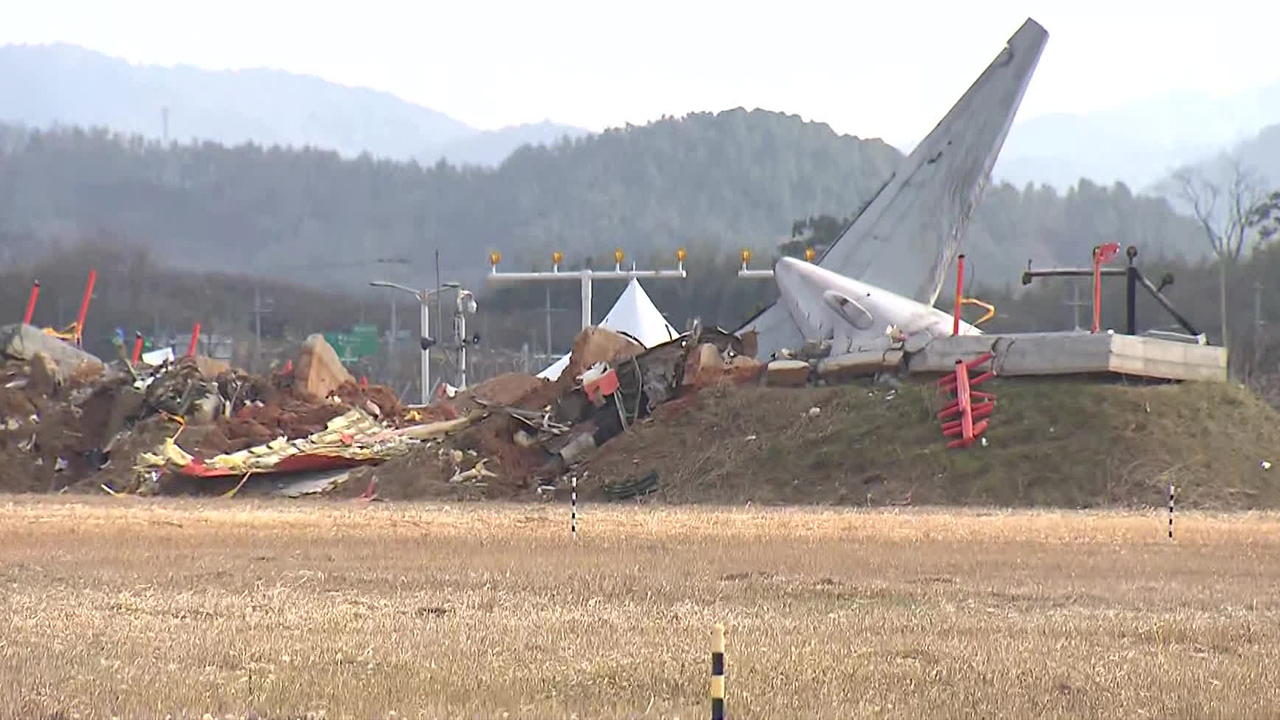
[Anchor]
Runways are designed to be long enough for airplanes to take off and land.
However, since aircraft can go beyond the runway, a buffer zone is established beyond the boundary.
This is called the 'Runway Safety Area,' which is literally a safety zone at the end of the runway.
Facilities within this area should not be solid and should break easily.
This is to minimize damage in case an aircraft collides.
The issue at hand is the landing guidance equipment, the 'localizer,' which we reported intensively yesterday (12.30).
The bottom of the localizer at Muan Airport is made of solid concrete, which is a facility that should not be within the Runway Safety Area.
Therefore, whether the localizer at Muan Airport is located outside the safety zone and is sufficiently distanced is a key point of contention.
Reporter Oh Dae-seong has the story.
[Report]
This is the runway of Muan Airport viewed from the sky.
Beyond the end of the runway, there is a 60-meter long landing area.
The Runway Safety Area begins at the end of this landing area.
The 'mandatory distance' is over 90 meters, and the 'recommended distance' is 240 meters.
What distance does the actual safety area of Muan Airport follow?
It has been set at 199 meters, which is neither 90 meters nor 240 meters.
Based on this distance, the safety area ends 5 meters before the localizer.
This clever zone setting makes it acceptable even if the localizer mound is made of solid concrete.
However, the localizer is the first facility beyond the runway.
If an aircraft goes beyond the runway, the first risk it encounters is clear, and Muan Airport was already aware of this.
This is the operational regulation of Muan Airport written in June last year.
It states, "The safety area falls short of the recommendation by 41m," and adds, "We will consider securing it during airport expansion."
[Yoo Tae-jeong/Head of Helicopter Pilot Department, Far East University: "It is clearly specified that obstacles on the airport site should be equipped with breakable supports. I believe this part should have been adhered to."]
There are also traces of awareness regarding the dangers of the concrete mound.
In 2020, when the Korea Airports Corporation commissioned the design service for Muan Airport, it included instructions in the bidding announcement to make the localizer easily breakable.
This is KBS News, Oh Dae-seong.
Runways are designed to be long enough for airplanes to take off and land.
However, since aircraft can go beyond the runway, a buffer zone is established beyond the boundary.
This is called the 'Runway Safety Area,' which is literally a safety zone at the end of the runway.
Facilities within this area should not be solid and should break easily.
This is to minimize damage in case an aircraft collides.
The issue at hand is the landing guidance equipment, the 'localizer,' which we reported intensively yesterday (12.30).
The bottom of the localizer at Muan Airport is made of solid concrete, which is a facility that should not be within the Runway Safety Area.
Therefore, whether the localizer at Muan Airport is located outside the safety zone and is sufficiently distanced is a key point of contention.
Reporter Oh Dae-seong has the story.
[Report]
This is the runway of Muan Airport viewed from the sky.
Beyond the end of the runway, there is a 60-meter long landing area.
The Runway Safety Area begins at the end of this landing area.
The 'mandatory distance' is over 90 meters, and the 'recommended distance' is 240 meters.
What distance does the actual safety area of Muan Airport follow?
It has been set at 199 meters, which is neither 90 meters nor 240 meters.
Based on this distance, the safety area ends 5 meters before the localizer.
This clever zone setting makes it acceptable even if the localizer mound is made of solid concrete.
However, the localizer is the first facility beyond the runway.
If an aircraft goes beyond the runway, the first risk it encounters is clear, and Muan Airport was already aware of this.
This is the operational regulation of Muan Airport written in June last year.
It states, "The safety area falls short of the recommendation by 41m," and adds, "We will consider securing it during airport expansion."
[Yoo Tae-jeong/Head of Helicopter Pilot Department, Far East University: "It is clearly specified that obstacles on the airport site should be equipped with breakable supports. I believe this part should have been adhered to."]
There are also traces of awareness regarding the dangers of the concrete mound.
In 2020, when the Korea Airports Corporation commissioned the design service for Muan Airport, it included instructions in the bidding announcement to make the localizer easily breakable.
This is KBS News, Oh Dae-seong.
-
-
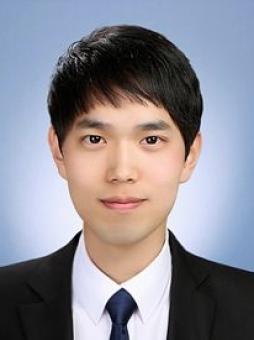
오대성 기자 ohwhy@kbs.co.kr
오대성 기자의 기사 모음
-
이 기사가 좋으셨다면
-
좋아요
0
-
응원해요
0
-
후속 원해요
0










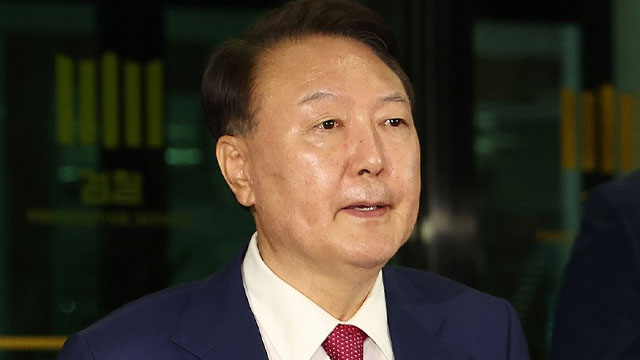
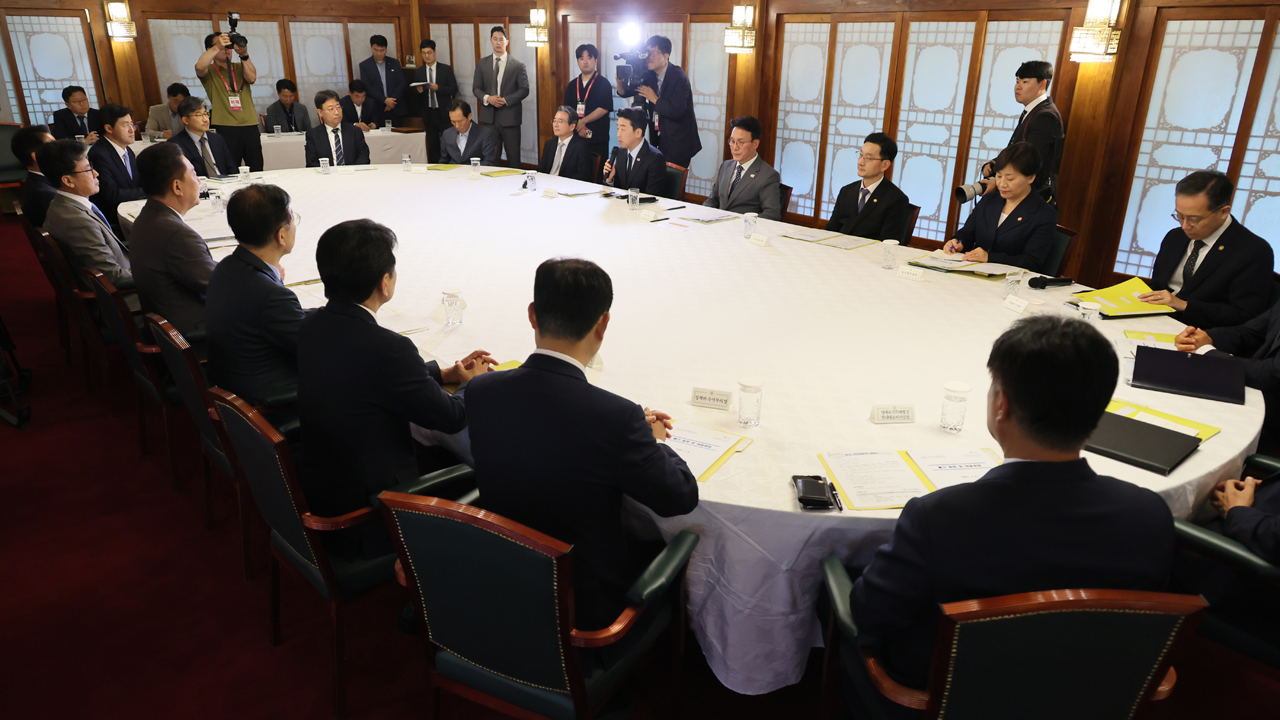
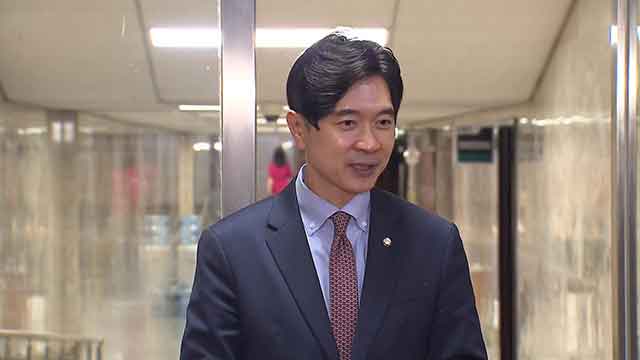
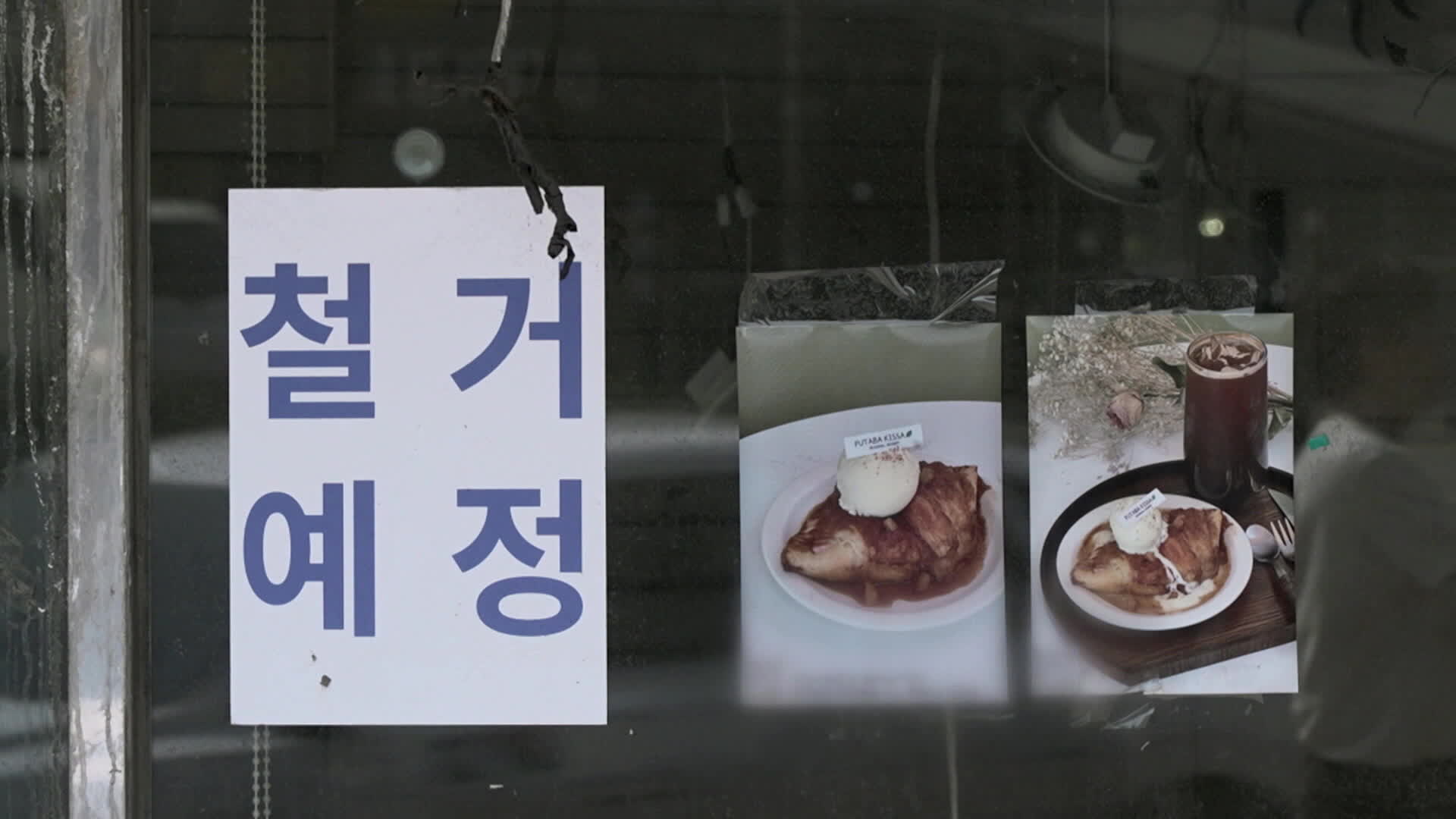

이 기사에 대한 의견을 남겨주세요.